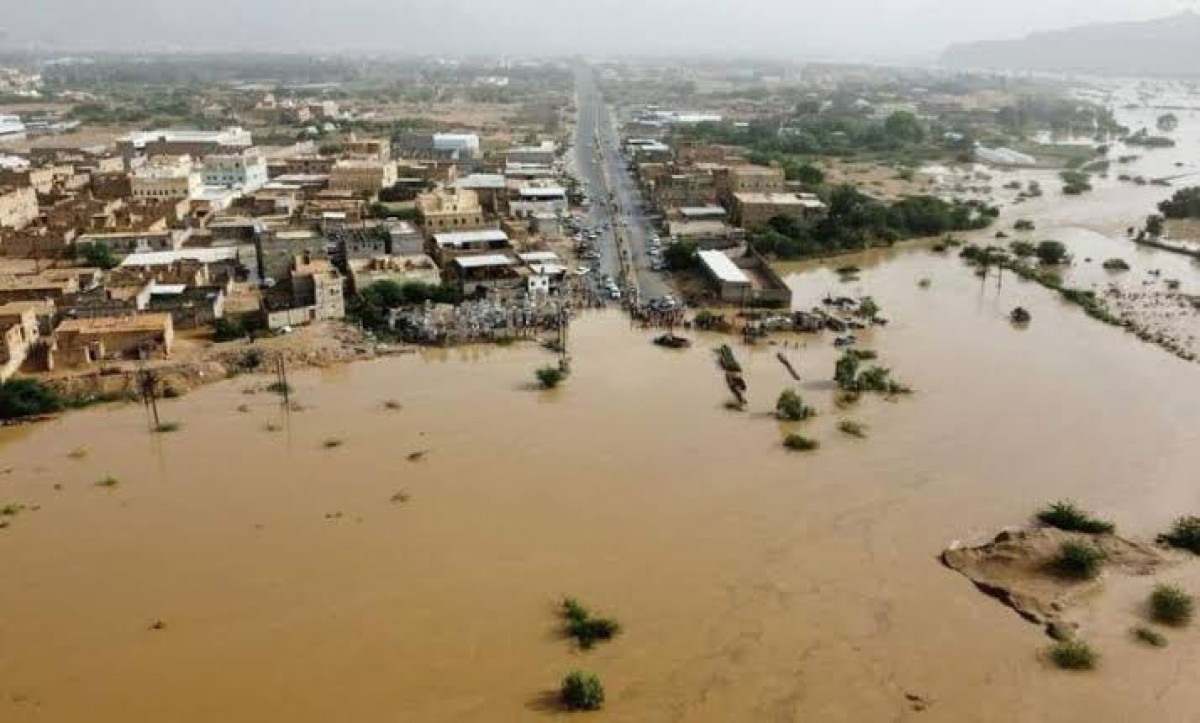1.3 million Yemenis were affected by floods within a year


Over the past months, Yemen has witnessed unprecedented floods and natural disasters, resulting from climate change.
The consequences of climate change have exacerbated the suffering of citizens, especially women and children in displacement camps who were displaced by the Houthi militia war.
1.3 million people were affected
A recent United Nations report revealed that the recent floods caused a humanitarian crisis, affected thousands of families, and harmed more than 1.3 million people during the current year 2024.
The United Nations Children's Fund, UNICEF, said in a report viewed by Al Ain News that the floods destroyed homes, agricultural lands, and vital infrastructure such as health facilities, schools, water supply projects, and roads.
The United Nations added that the floods that Yemen witnessed affected daily life and hindered access to basic services such as health care and clean water.
She stressed that "according to the United Nations Office for the Coordination of Humanitarian Affairs, more than 187,000 families in 20 governorates were affected by heavy rains and floods, which caused severe damage affecting more than 1.3 million people in 20 Yemeni governorates."
Increasing the spread of the epidemic
Floods also contributed to the increased spread of cholera, and to the outbreak of many water-borne diseases such as malaria and dengue fever, which were exacerbated by stagnant water and the spread of vectors. According to the UN report.
He continued: “Governorates such as Hodeidah, Al Mahwit and Taiz faced severe impacts, including landslides, flash floods, and significant loss of life.”
According to the report, humanitarian response teams faced challenges in reaching affected populations due to damaged roads and accessibility problems.
The report stressed the importance of “the need for immediate support remaining extremely important in light of the continuing conflicts and economic crises that exacerbate the situation.”
Disasters exacerbate suffering
The ongoing humanitarian crisis has increased the vulnerability of children and women, exposing them to exploitation, violence and abuse, according to UNICEF.
These numbers illustrate the scale of disasters that affected various regions of the country, over the course of less than a year, as they led to real environmental disasters that exacerbated the humanitarian and living situation of citizens, especially the displaced. This was also confirmed by the United Nations.
It is worth noting that Yemen is one of the most prominent countries affected by climate change with the growth of extreme weather phenomena in various governorates of the country, leaving enormous environmental, health, economic and humanitarian impacts.
Climate changes have become more severe in Yemen, causing a significant rise in temperature, heavy rains, floods, hurricanes, and other natural disasters.